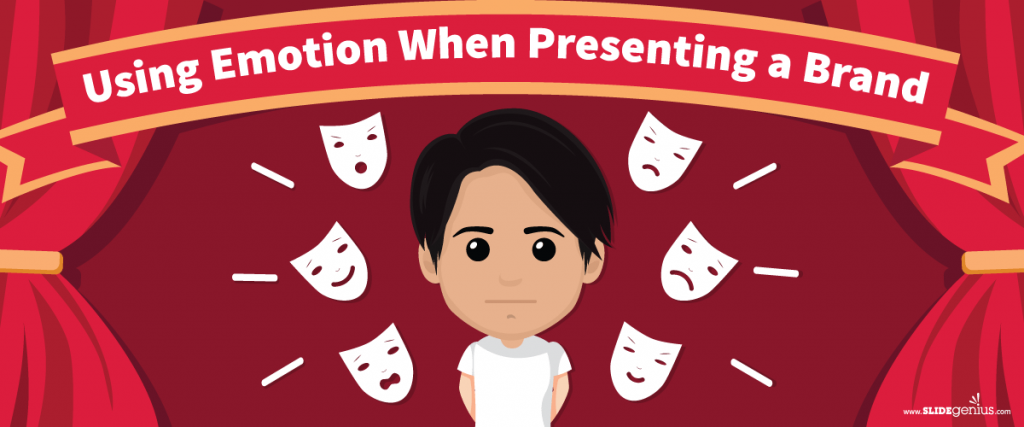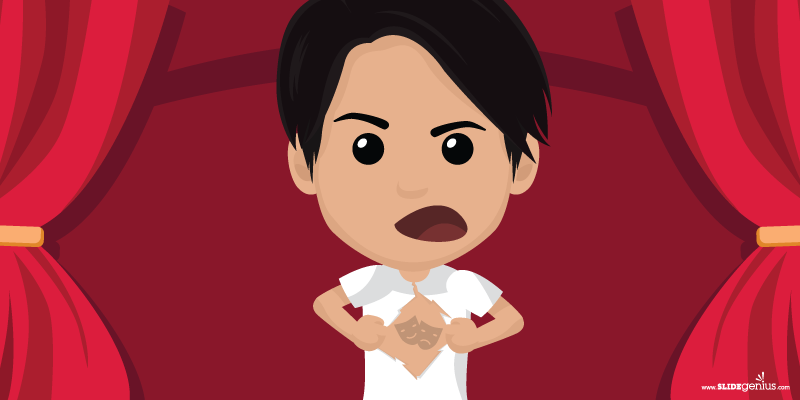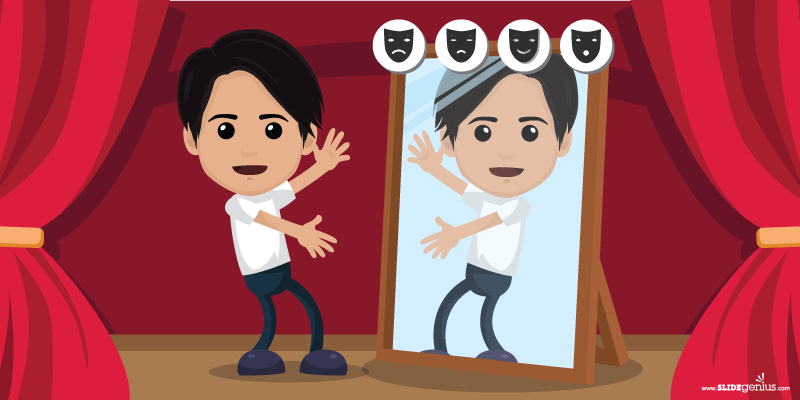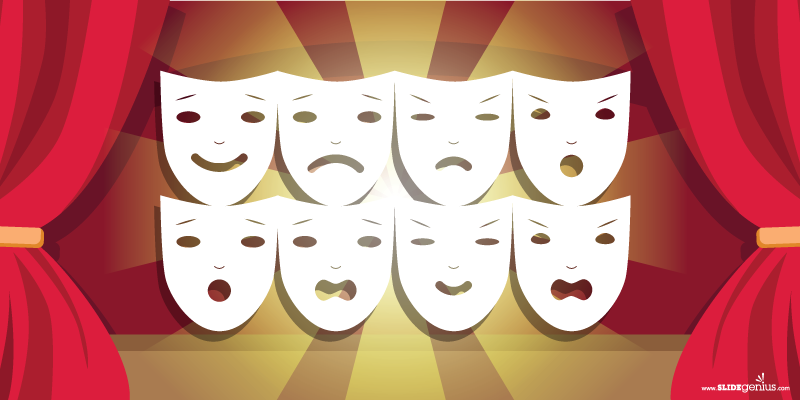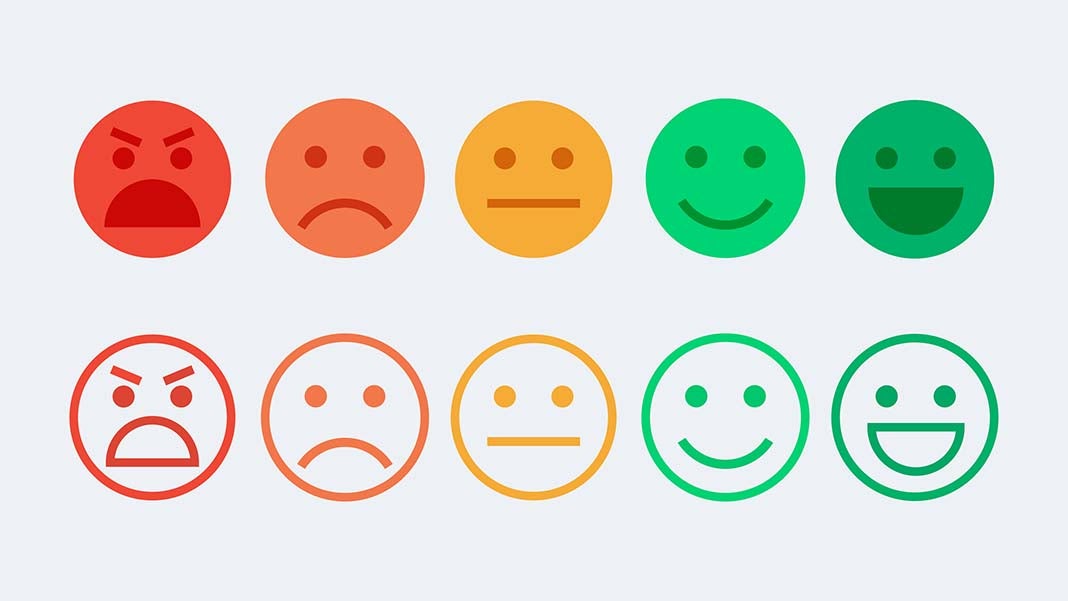
People laugh, cry, and frown. They get surprised, are spurred to anger, and feel fear. People love and hate and every point in between. It’s all part of living, of being human—much more when these emotions are instigated by external forces and circumstances that draw them out. Along with that comes familiarity, empathy, and sympathy.
When those three are present, there’s a powerful emotional connection.
Using different emotions on your content, be it character or situation, makes your piece relatable to the audience. Even songs, choreographies, and art pieces like paintings and sculptures revolve around feelings—or the lack thereof—as a platform for relatability, made for better appreciation than just seeing or hearing them.
This is a basic concept of emotional branding.
“Emotional what now?”
Emotional branding is the concept of using, well, emotions to build your brand to cater to your consumers, be it physical or, as the term suggests, emotional needs.
Going deeper into the relationship, customers feel a connection with brands they think they can identify with and, in turn, reflect their own identity. This leads to a close association with the brand, which then becomes unwavering loyalty. The conclusion is that consumers purchase goods based on what and how they feel about a particular product or the company that released it.
As a marketer, which emotion(s) should you cater to? According to the Institute of Neuroscience and Psychology at the University of Glasgow, there are four “basic” emotions: happy, sad, afraid/surprised, and angry/disgusted. (There used to be six, but the Institute’s conclusion on their study was that, on the onset, the pairs of anger/disgust and surprise/fear were too similar, with the differences seen and interpreted moments after, therefore not “basic.”)
Hot Buttons
Marketer Barry Feig’s book, Hot Button Marketing: Push the Emotional Buttons That Get People to Buy, specifies sixteen areas of emotional attachment (“hot buttons”) that a marketer—ultimately you—should cater to as strongly as possible:
- Desire for control
- I’m better than you
- Excitement of discovery
- Revaluing
- Family values
- Desire to belong
- Fun is its own reward
- Poverty of time
- Desire to get the best
- Self-achievement
- Sex, love, romance
- Nurturing response
- Reinventing oneself
- Make me smarter
- Power, dominance, and influence
- Wish fulfillment
If you look at it, big companies, those easily remembered, cater to one or more of these. Canva’s Mary Stribley did an analysis in her article and found that Disney caters to “family values” while Nike does well with “reinventing oneself.”
Associating your personal brand with any of these hot buttons is a surefire way to trigger the aspirations and specific, appropriate feelings of your consumers. Apart from catering to that emotional need, there is also the feeling of satisfaction that with your offer comes a sense of pride that they can finally do this, have that, or feel whatever you associate with your brand.
“Easier Said Than Done.”
No truer words. But it’s not like the key is a well-kept secret to begin with. If anything, it’s everywhere: from simple falling leaves to convoluted twists and turns. The key to any emotional backdrop and connection is a good story.
Every form of art revolves around a narrative. Taking the examples above, paintings (yes, even portraits), dances, and songs all deliver a tale, banking on the emotions that drives the events and characters forward as well as bridging the gap between viewer and viewed.
Simply said, a story portrays the emotions that propel the plot forward, and serves as the anchors in which readers and/or listeners reach out and connect to the piece.
But why emotions?
From the very beginning, this piece has been emphasizing that emotions are important. The questions left unanswered are why and how.
Emotions become the very foundation of every person’s individuality. Since feelings can become the motivation of actions—and by equal measure reactions (both in a Newtonian-law context and a knee-jerky scenario)—different people do different things under certain situations. While admittedly an overgeneralization, the statement does show that there are alternative scenarios and that people have taken the other route.
What about the fact that emotions helped humans survive back in the day? Charles Darwin held the belief that those who heeded their feelings properly survived because they knew when to retreat, mate, and basically live.
There have been a lot of things attributed to emotions—good and bad. Yet while fickle and very subjective, it does add a bit of warm sentimentality in what would have been an otherwise cold world. Thank whoever for emotions, right?
Resources:
Barakat, Christie. “Emotional Branding and the Emotionally Intelligent Consumer.” SocialTimes. January 12, 2014. www.adweek.com/socialtimes/emotional-branding-emotionally-intelligent-consumer/141454
Beck, Julie. “New Research Says There Are Only Four Emotions.” The Atlantic. February 4, 2014. www.theatlantic.com/health/archive/2014/02/new-research-says-there-are-only-four-emotions/283560
Cherry, Kendra. “The Purpose of Emotions.” VeryWell.com. July 13, 2016. www.verywell.com/the-purpose-of-emotions-2795181
Oetting, Jami. “All of the Feels: How Brands Use the 4 Basic Emotions in Advertising.” Hubspot. April 5, 2016. blog.hubspot.com/agency/emotions-advertising#sm.0001frknxr3k3dlkqq22lsqtd9h7a
Patel, Neil and Ritika Puri. “The Complete Guide to Understanding Consumer Psychology.” Quick Sprout. n.d. www.quicksprout.com/the-complete-guide-to-understand-customer-psychology-chapter-2
Paul, Margaret. “What Really Creates Emotional Intimacy.” The Huffington Post. June 23, 2014. www.huffingtonpost.com/margaret-paul-phd/what-really-creates-emoti_b_5521373.html
Sanders, Jessica. “What Is Emotional Branding?” Smart Insights. February 20, 2012. www.smartinsights.com/online-brand-strategy/emotional-branding-means-customers-stay-loyal-for-the-long-haul
Sloboda, Rick. “What You Should Get Excited about Emotional Branding?” Smashing Magazine. April 11, 2014. www.smashingmagazine.com/2014/04/get-excited-about-emotional-branding
Stribley, Mary. “How to Get into the Hearts of Your Audience with the Emotional Branding Tactics Used by Apple, Nike & Coca-Cola.” Canva. November 5, 2015. designschool.canva.com/blog/emotional-branding
 Author: Rick Enrico is the CEO and Founder of SlideGenius. He regularly publishes expert presentation tips on the SlideGenius Blog. You can connect with him @rickenrico on LinkedIn and Twitter.
Author: Rick Enrico is the CEO and Founder of SlideGenius. He regularly publishes expert presentation tips on the SlideGenius Blog. You can connect with him @rickenrico on LinkedIn and Twitter.
5640 Views

